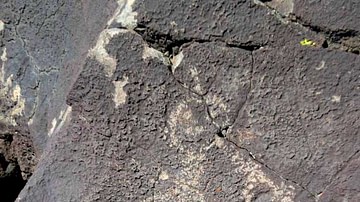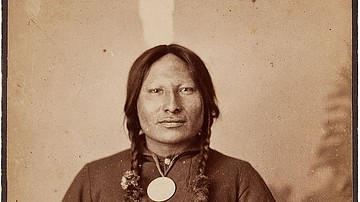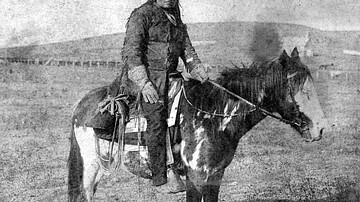Illustration
Considering Palau’s Earthwork Era (c. 450 BC to AD 850), the Badrulchau stone monoliths can be dated to c. 161 CE and are part of the thirty-eight monoliths on the islands of Babledaob and Oreor (Koror), twenty-eight of which had human features.
According to legends, stone monoliths are pillars that support the house of Bai meetings of the gods. The stones are not carved out of the island, but rather imported to symbolize the power of the ruling elites at that time. Similar artifacts are found in Yap and Tonga with rock samples pointing to Fiji and Samoa as sources.
References
- Douglas Osborne. Archaeology of the Palau Islands. Bishop Museum Pr, 1966.
- H. Hijikata. "Report on Consecrated Stone Images and Other Stone Works in Palau, Micronesia." Japanese Journal of Ethnology, 20/3-4/1956, pp. 1-54.
- Jo Anne Van Tilburg. "Anthropomorphic stone monoliths on the islands of Oreor and Babeldaob, Republic of Belau (Palau), Micronesia." Occasional Papers, 31/1991, pp. 3-62.
- Jolie Liston, Timothy M. Rieth. "Palau's petroglyphs: Archaeology, oral history, and iconography." The journal of the Polynesian Society, 119/4/2010, pp. 401-414.
Cite This Work
APA Style
Scubarob, D. (2019, April 12). Stone Face Monoliths of Palau. World History Encyclopedia. Retrieved from https://www.worldhistory.org/image/10440/stone-face-monoliths-of-palau/
Chicago Style
Scubarob, Dr.. "Stone Face Monoliths of Palau." World History Encyclopedia. Last modified April 12, 2019. https://www.worldhistory.org/image/10440/stone-face-monoliths-of-palau/.
MLA Style
Scubarob, Dr.. "Stone Face Monoliths of Palau." World History Encyclopedia. World History Encyclopedia, 12 Apr 2019, https://www.worldhistory.org/image/10440/stone-face-monoliths-of-palau/. Web. 19 Apr 2025.




![Throne Dais of Shalmaneser III [North Face, East End]](https://www.worldhistory.org/img/c/p/360x202/10523.jpg?v=1618801204)

![Throne Dais of Shalmaneser III [South Face, East End]](https://www.worldhistory.org/img/c/p/360x202/10531.jpg?v=1618584310)
![Throne Dais of Shalmaneser III [North-West Re-entrant, W. Face]](https://www.worldhistory.org/img/c/p/360x202/10527.jpg?v=1618584311)